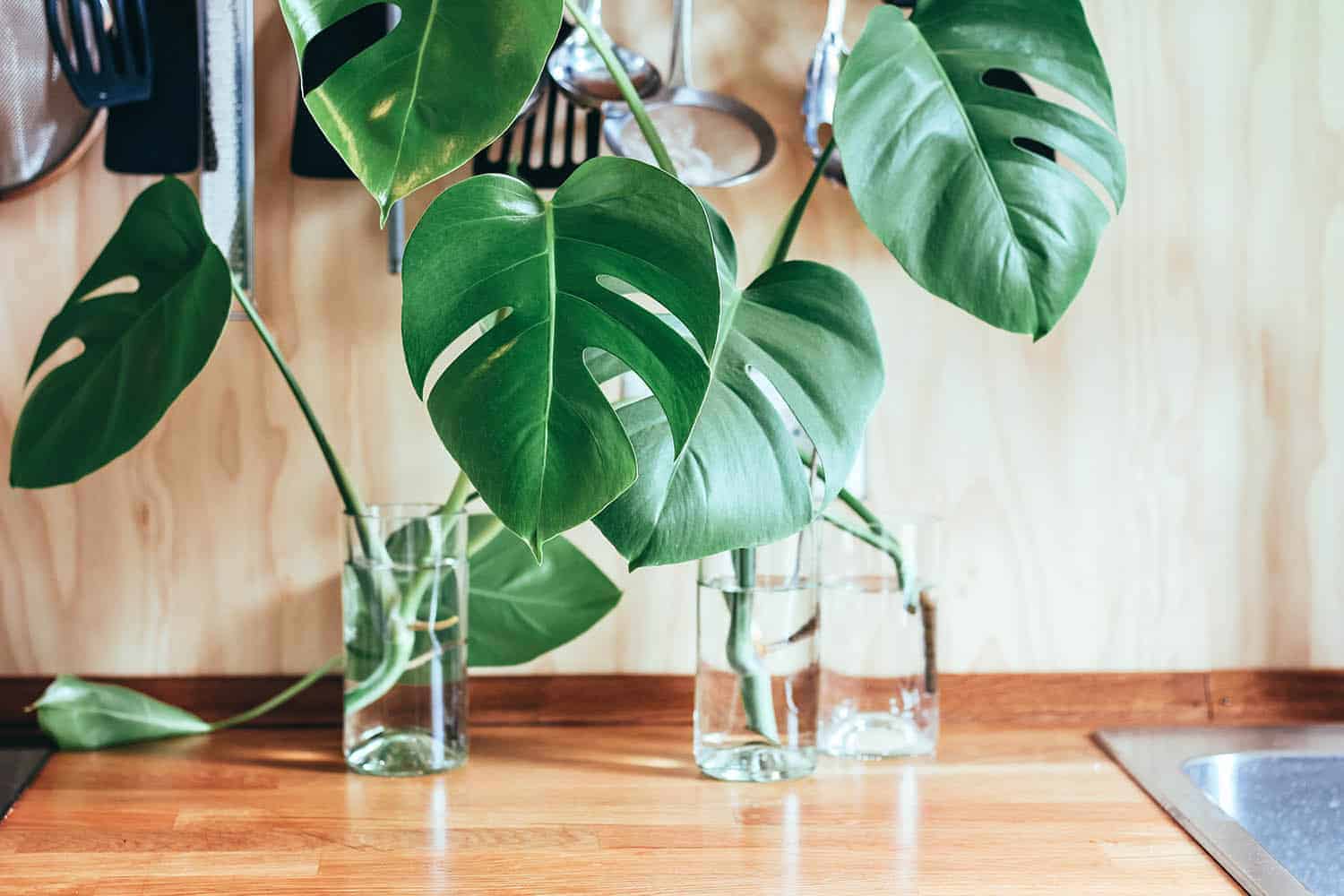
Can Monsteras Live in Water Alone? For How Long? Tips for Success The
By Rachel Rasker Han in her Melbourne greenhouse, holding a Monstera deliciosa. (Supplied: Han Nguyen + ABC Everyday: Luke Tribe) Did you know you can eat the fruit on your fruit salad plant? When the Monstera deliciosa 's fruit is ripe, its green scales fall off and its inside turns a creamy yellow colour.
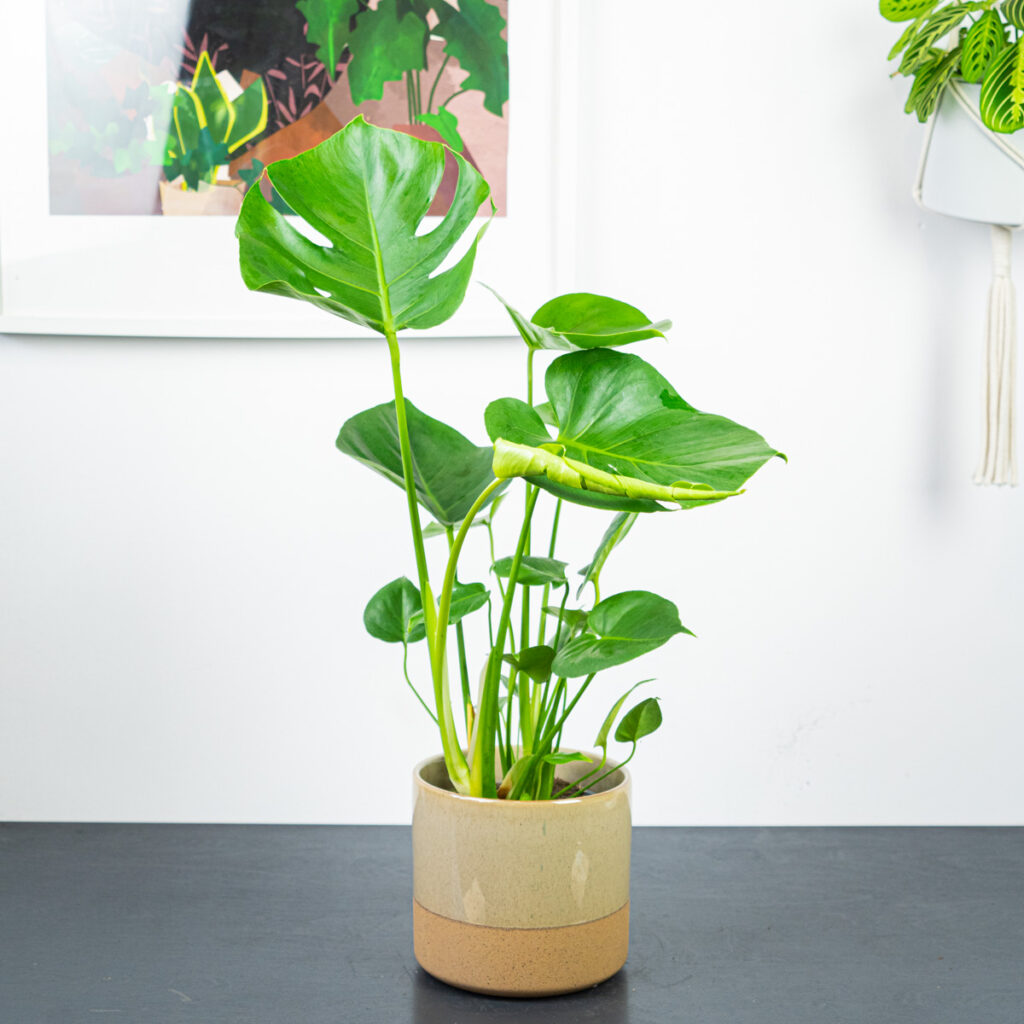
Monstera deliciosa dziurawa. Kwiat w doniczce Sklep z roślinami Mała
Monstera Deliciosa, also referred to as the Swiss cheese plant, Mexican breadfruit, and fruit salad plant, is a popular houseplant native to warm climates in Central America such as Guatemala, Panama, and Southern Mexico. Recognized for its unique leaf structure, it bears an edible fruit that marries the flavors of several tropical fruits in one.
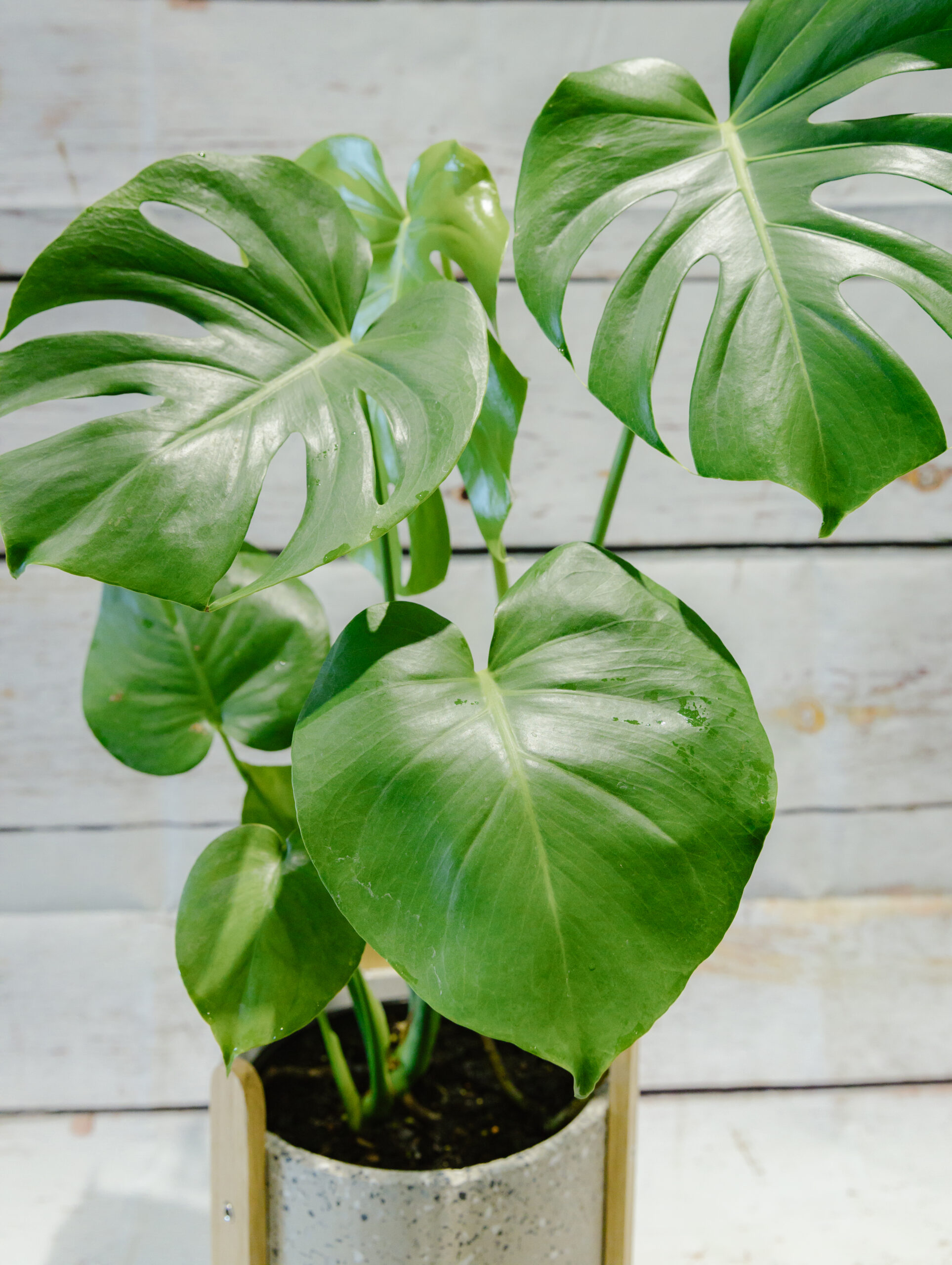
Deliciosa Monstera Plant
1. Monstera deliciosa is so easy to grow - it virtually thrives on neglect. 2. Its glossy, Swiss-cheese-looking leaves make a naturally beautiful statement in any style of home. 3. They can be grown big or small making them the perfect indoor plants for both tiny apartments or large open-plan homes.
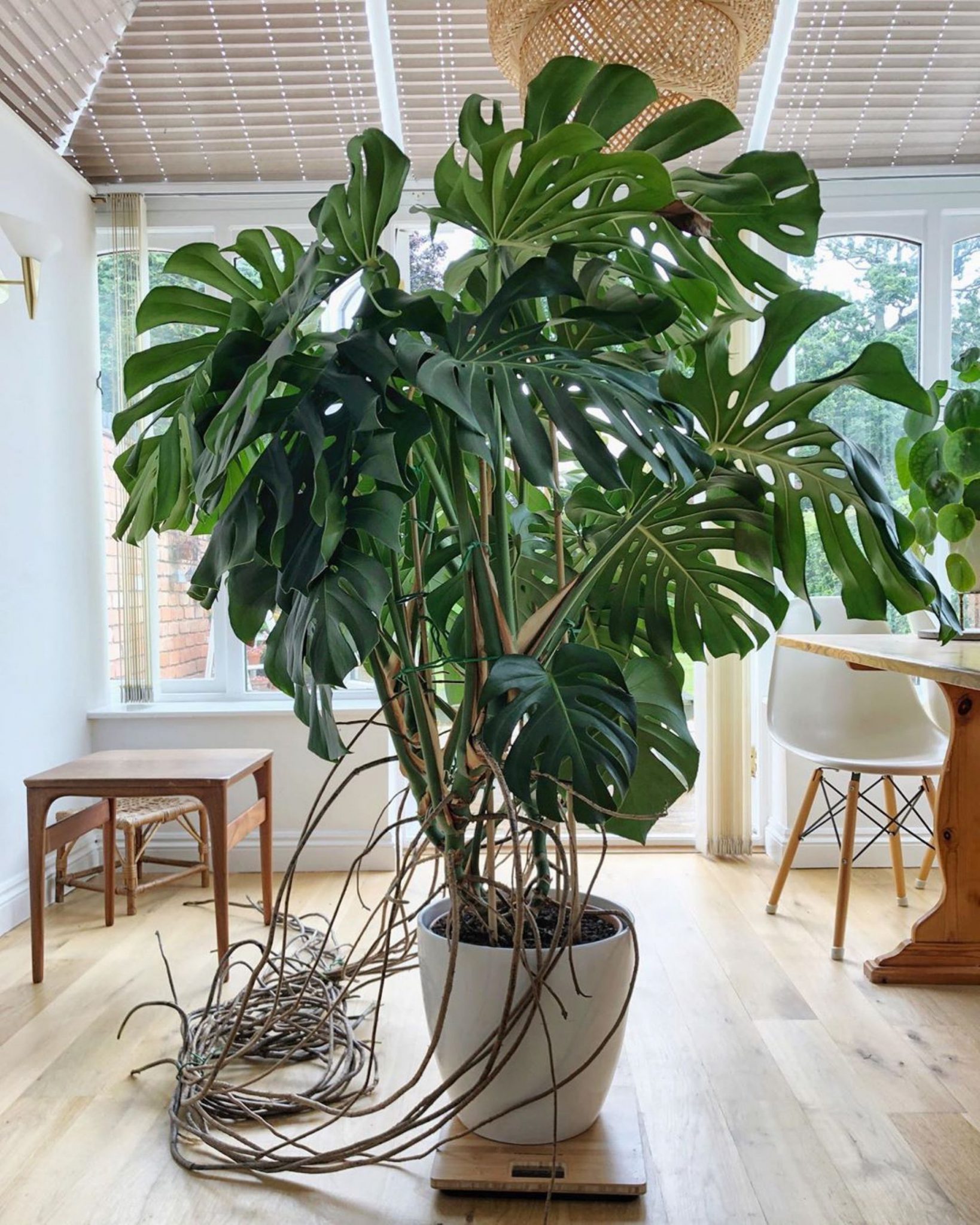
Monstera Deliciosa How to Care for and Thrive It in Your Home
Bright indirect light. Direct sunlight can damage the leaves. Climate Monstera plants prefer warm temperate climates. Plant outside in partial shade. They also adapt well to being an indoor plant - unless it's very cold. Soil Monstera plants will happily grow in deep, well-draining humus-rich soil. Water They like to be moist but not waterlogged.

Monstera deliciosa dziurawa. Kwiat w doniczce Sklep z roślinami Mała
Carefully unpot your monster plant and set it into place. Fill to the height at which it was previously planted, tucking in any aerial roots. Once it's in place, tamp down the soil around the plant to secure it in place, adding more soil if necessary. Place a heavy stake or trellis in place, being sure it's secure.

Monstera Huisdieren Vogels
Monstera deliciosa Monstera deliciosa, the Swiss cheese plant [2] or split-leaf philodendron [3] is a species of flowering plant native to tropical forests of southern Mexico, south to Panama. [4] It has been introduced to many tropical areas, and has become a mildly invasive species in Hawaii, Seychelles, Ascension Island and the Society Islands.
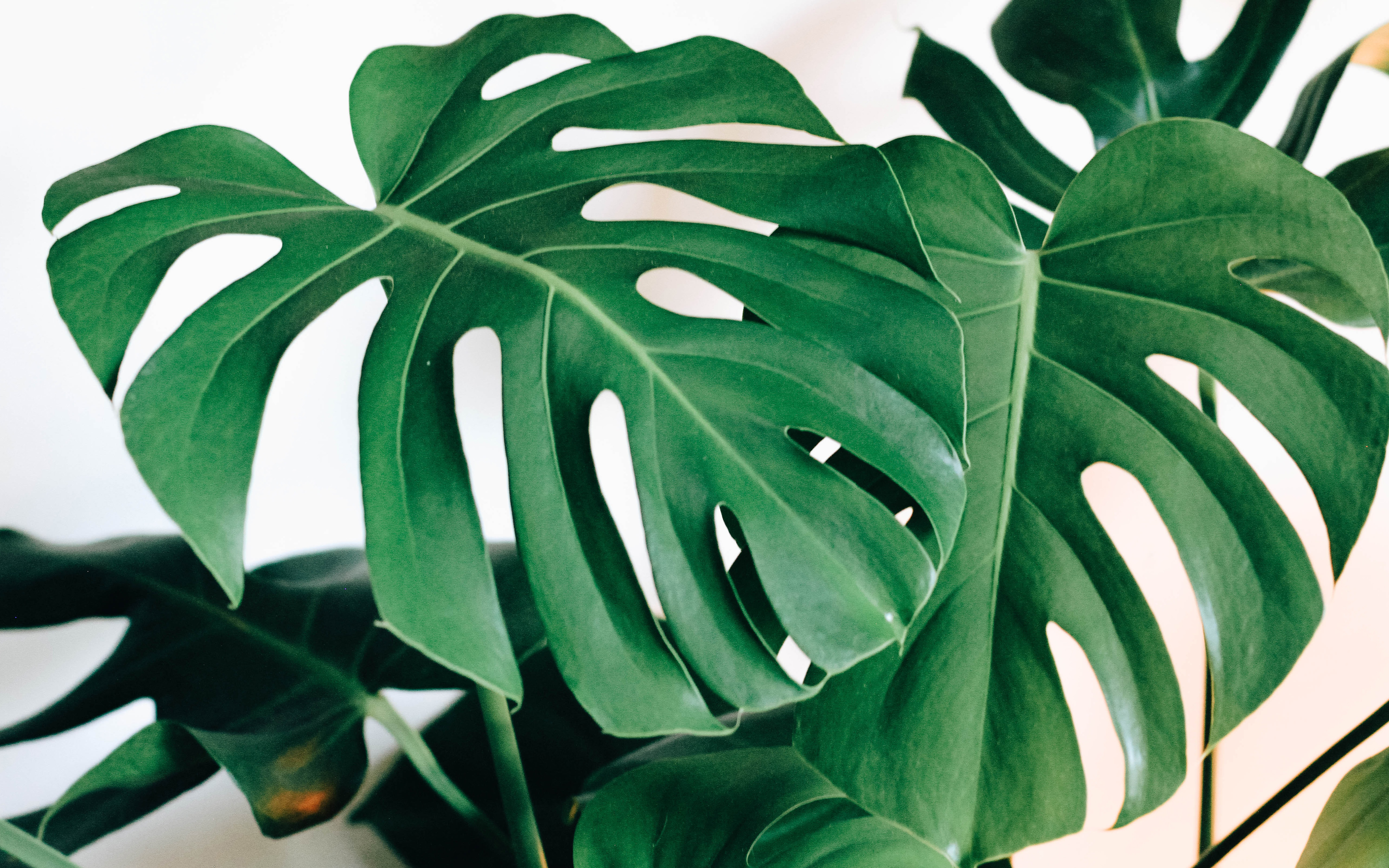
Monstera Dziurawa (Monstera Deliciosa) 001 Tapety na pulpit
In this article, we'll share everything you need to know about Monstera deliciosa plant care so you can raise one of these gorgeous plants for yourself. In this article, we'll share everything you need to know about Monstera deliciosa plant care so you can grow a healthy plant..

Monstera Leaves Turning Yellow? Here's 7 Reasons Why! House Fur
How to grow monstera Climate Monstera is best grown in partial shade outdoors in most warm temperate and tropical climates. Indoors, Monstera deliciosa is easily adaptable and will grow in most climates except those with very cold indoor conditions. This is why it is such a popular indoor plant.

Giant Monstera living indoors! Plants, Best indoor plants, House plants
Monstera deliciosa Swiss cheese plantConservatory, House plant, Evergreen Family: Araceae Height: 1.5m Spread: 50cm Foliage colour: This 1970s favourite, Monstera deliciosa, is making a comeback. It's widely known as the Swiss cheese plant, due to the large holes in its lush, deeply cut leaves.
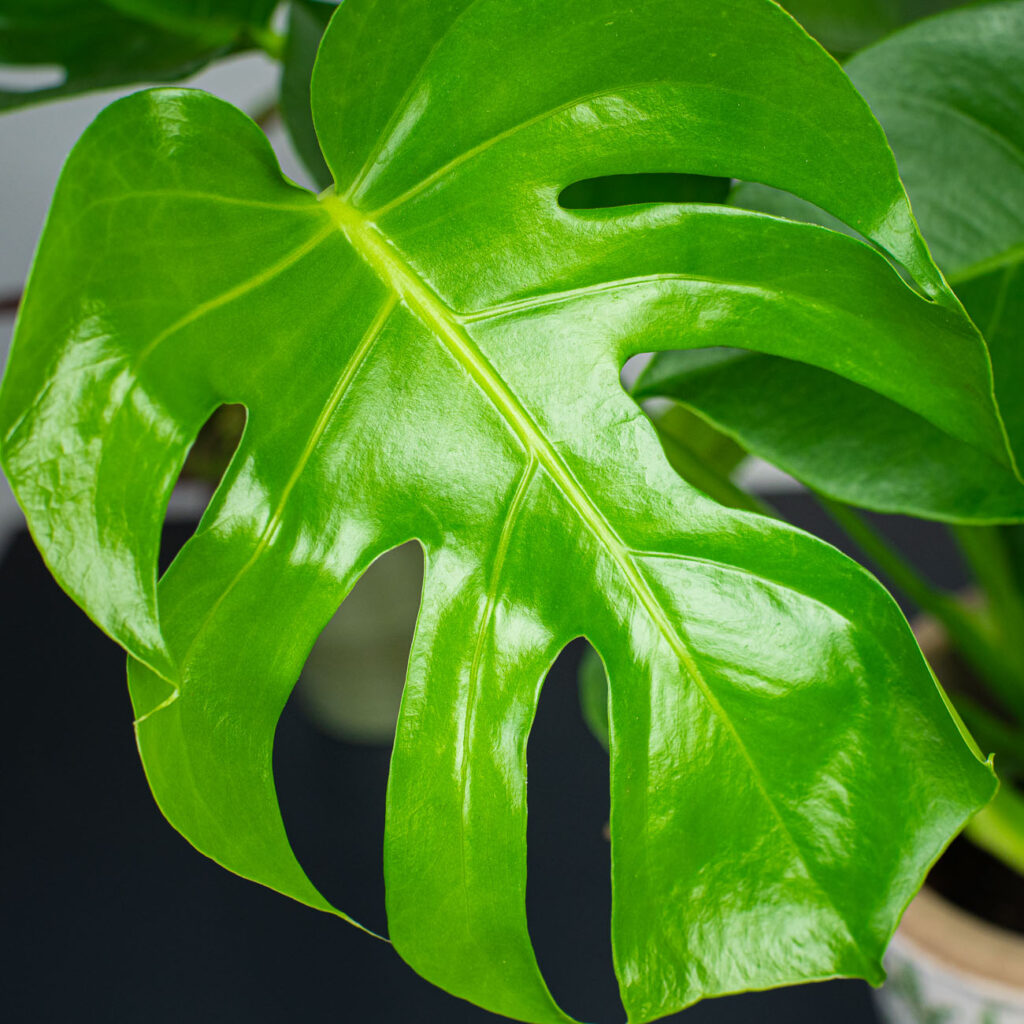
Monstera deliciosa dziurawa. Kwiat w doniczce Sklep z roślinami Mała
How Often to Use Fertilizer: Use a general all-purpose houseplant fertilizer every month in the Spring and Summer. Do not use any fertilizer in the Fall and Winter. Temperature: Monstera can withstand temperatures as low as 50 ° F (10 ° C) but 65°F to 85°F (18°C to 29°C) is the optimal temperature range for growth.

Monstera deliciosa
The Monstera "flower" is a fleshy erect spadix or spike with tiny blooms surrounded by a boat-shaped spathe. Monstera deliciosa flowers are creamy white and large, about 8-12 inches (20-38.4 cm.) in length. Monstera Deliciosa Fruit. A Monstera may bloom and fruit at the same time due to the lengthy period of time the plant takes to bring an.

MONSTERA Plante en pot, Monstera deliciosa « faux philo » IKEA
Monstera deliciosa loves bright or medium indirect light. It will tolerate low light, but its leaves won't grow as big or as holey. Being fond of humidity, monstera does very well in bathrooms and kitchens. It can survive down to 10°C (50°F), but won't grow as well as it will at 18 to 29°C (65 to 85°F). Owen Gale.
kwiat monstera deliciosa dziurawa ok 150 cm Żory Ogłoszenie na
1. Choose the Right Placement When it comes to placing your Monstera Deliciosa indoors, it's important to find the right spot for it to thrive. This plant prefers bright, indirect light, so placing it near a north or east-facing window is ideal. Avoid direct sunlight as it can scorch the leaves.
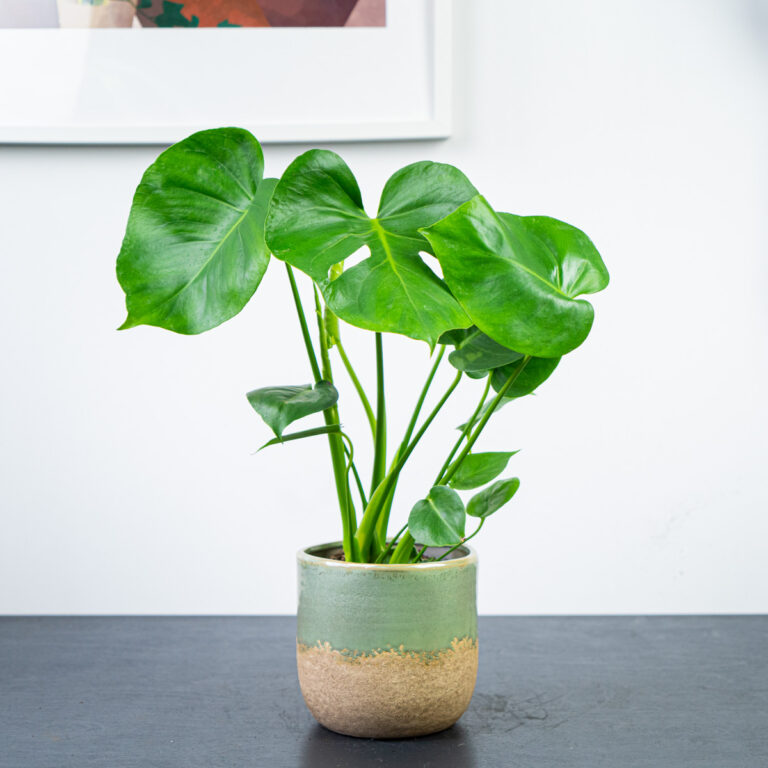
Monstera deliciosa dziurawa. Kwiat w doniczce Sklep z roślinami Mała
Monstera deliciosa This is perhaps the best-known plant in the Monstera family, and is easily identifiable by its huge leaves, which develop prominent fenestrations (splits) as the plant matures. This is a popular houseplant in spacious and brightly-lit spots, but it can also be grown outdoors quite successfully in filtered sunlight or full shade.

Monstera Deliciosa Aerial Roots MONSTERA
The ideal temperature range for Monstera Deliciosa is between 65°F to 85°F (18°C to 29°C). This temperature range provides the perfect conditions for the plant to grow and develop healthy foliage. However, it can tolerate temperatures as low as 50°F (10°C) and as high as 95°F (35°C) for short periods.

Monstera Deliciosa Growth greengrow Foliage Plants, All Plants
Monstera deliciosa is commonly grown in northern Australia as an ornamental creeper, and it is great in that role: the huge leaves are dramatic in their sculpted form and the whole plant will grow for many metres up a tree or along the ground. It is a member of the Araceae family which includes the Arum lily.